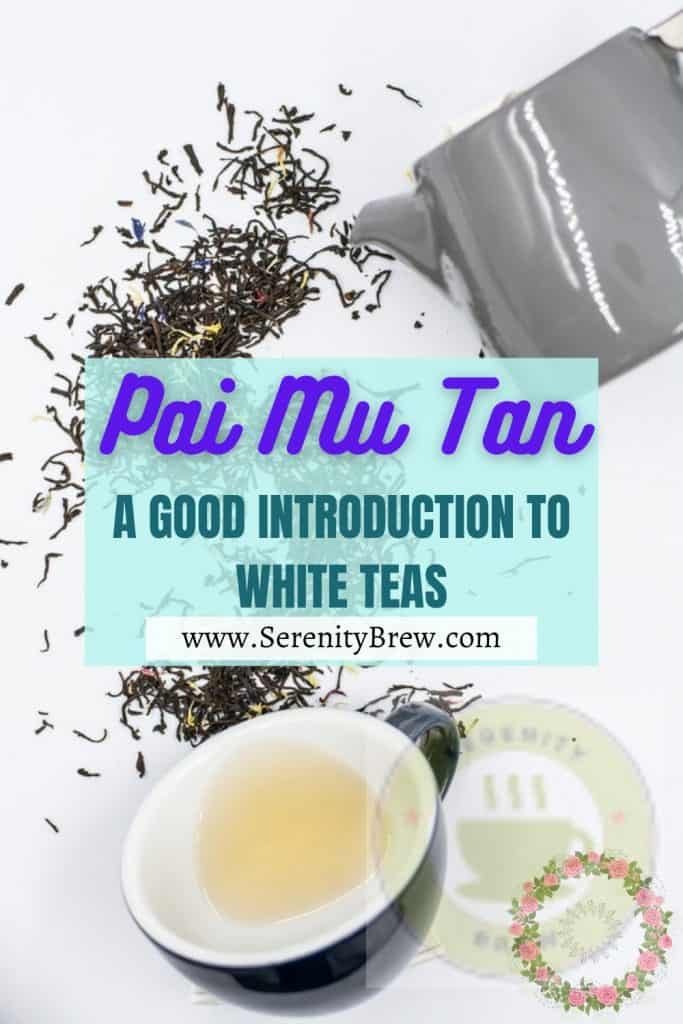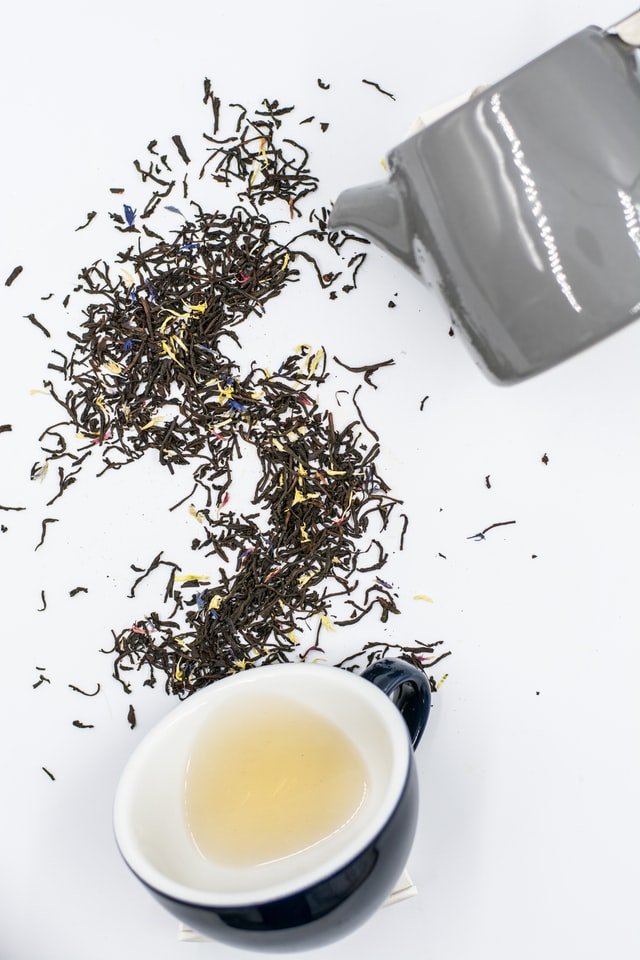
Pai Mu Tan, also known as Bai Mudan, is a white tea highly valued for its body, texture and sweet taste. In Chinese, its name means something similar to “white peony”. Let us remember that the peony is a typical flower of that country (and of enormous beauty).
As you can imagine, the tea has a floral flavor and a very pleasant aroma. Next, we tell you everything about its production, we analyze its flavor and we tell you how to prepare a perfect cup of Pai Mu Tan.
The elaboration of Pai Mu Tan
Like all other teas, Pai Mu Tan is made from the leaves of the tea plant, Camellia sinensis, which is harvested in Fujian province. In particular, the shoots and the first two leaves of the plant are chosen, that is, the smallest, youngest and most tender.
Once collected, the leaves are left to wither and dry in the sun without undergoing any oxidation process, beyond what occurs naturally. Approximately one to three days are required until the leaves are dry.
Another difference from other kinds of tea is that white tea leaves are not rolled but packed directly as they are naturally.
The production of white tea is usually more restricted by the type of raw material used, since only the very young leaves and buds are used. This, added to its laborious manufacture, make it an exclusive and expensive infusion. Pai Mu Tan is not one of the most expensive white teas and stands out for offering an excellent quality/price ratio.
What does it mean that it is a white tea?
There are different varieties of teas, among the best known we find black tea and green tea, but also red tea, yellow tea and white tea.
Precisely, this last variety, to which the Bai Mudan belongs, is the least processed of all and, for this reason, it is considered the most delicate.
Be careful with this: we have said delicate but no less complex for that. In fact, its complexity lies in its delicacy, which makes it perfect for expert palates in tea tasting.
It is also worth noting that, as it is a very little oxidized tea, it maintains a greater amount of antioxidant substances. These fight against free radicals, molecules that can generate oxidative damage in the body and thus trigger different chronic diseases. Therefore, white tea is considered a highly healthy drink.
What does Pai Mu Tan taste like
One of the most surprising things about Pai Mu Tan is its floral aroma. The peony is subtly present both on the nose and in the mouth.
In the cup, a pale golden liqueur is observed that well honors the white tea variety. Finally, on the palate it is soft, herbal with floral details, sweet and lacking in astringency.
Among the delicate white teas, Pai Mu Tan stands out for its more intense flavor. This is because, for its elaboration, not only the main shoot is used, but also the two adjacent leaves. In general, Pai Mu Tan could be said to be slightly stronger than Silver Needle, another popular type of white tea.
Health properties
We have already advanced it: white tea maintains a higher concentration of antioxidants and, for this reason and according to the results of several studies, it is considered interesting to prevent all kinds of diseases and, also, premature aging.
For example, its catechin content would help lower blood pressure and reduce the risk of cardiovascular disease. These same components would have a protective effect against the development of cancerous tumors and Alzheimer’s.
Preparation of Pai Mu Tan

The preparation of white tea requires some care, since carelessness can completely ruin the infusion. Specifically when talking about the temperature of the water, it is extremely important that we regulate the time when heating it. Water that is boiling or even too hot can burn the leaves. Let us remember that they are young and delicate.
The ideal temperature for infusing Bai Mudan, and any other white tea, is 80°C. Regarding the amount of tea per cup, around 1 tablespoon per cup is usually recommended, it is even possible to infuse two tablespoons per cup to obtain a more concentrated tea.
Ingredients
- 1½ tablespoon
- 1 cup of water
Elaboration
- Heat the water to 80°C. To check the temperature of the water and thus prevent the delicate Pai Mu Tan tea leaves from burning, you can use a kitchen thermometer or, directly, a heater with a built-in thermometer. Without a doubt, it is one of the essential gadgets for bottle holders.
- Add 1½ tablespoons per cup of hot water.
- Let stand for a minute and a half and without exceeding 3 minutes.
- Strain and drink. If you wish, you can sweeten with a teaspoon of honey.
Pai Mu Tan is a delicate tea but full of nuances that are worth discovering. Above all, watch your preparation so you can capture your wealth. Will you try it? Enjoy it!
